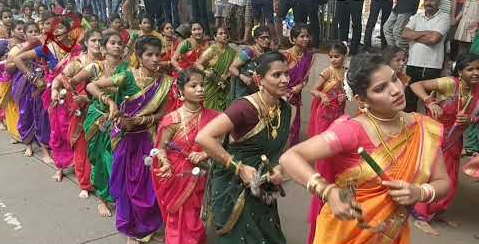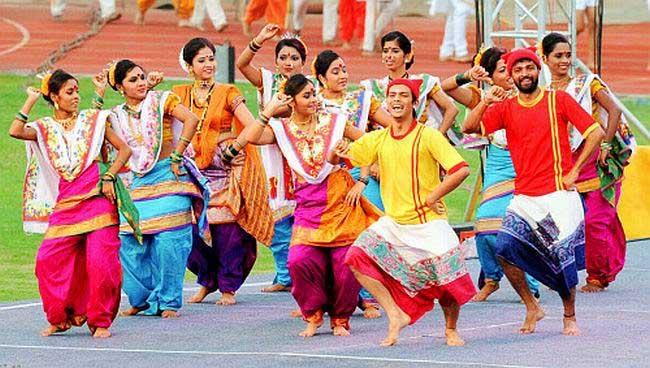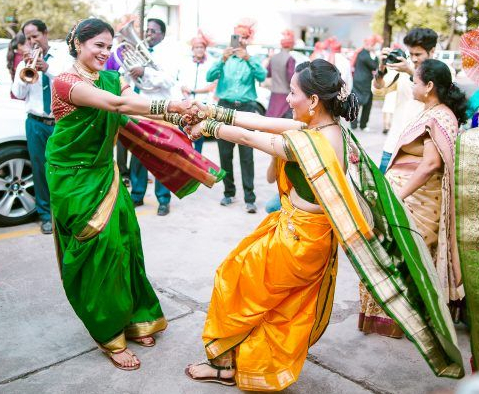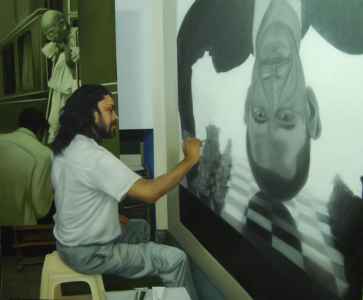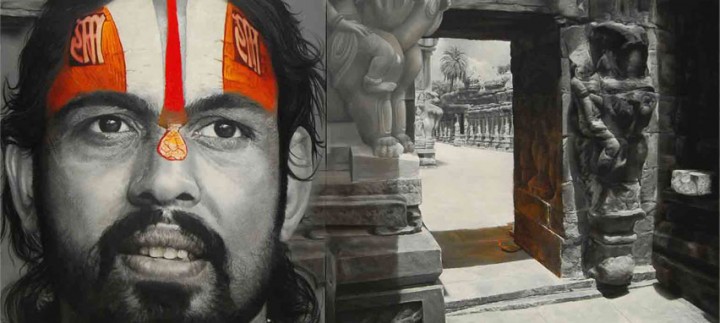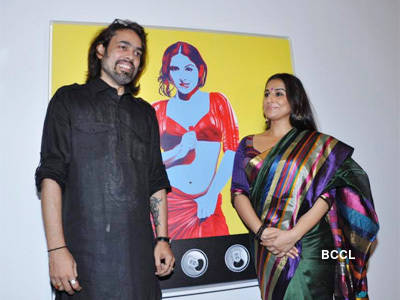| Ayurvedic raitas help in digesting the meal. Ayurvedic raitas can be of varied types depending on the vegetable used as main ingredient. |
 Ayurvedic raitas are made of yogurt and Ayurveda never suggests eating a lot of raita and therefore it should be taken in small quantities.
Ayurvedic raitas are made of yogurt and Ayurveda never suggests eating a lot of raita and therefore it should be taken in small quantities.
The Ayurvedic raitas can be of varied types depending on the vegetable used as the main ingredient.
Beet Raita:
Beet raita is good for blood purification and also works as a tonic. The spices and the other ingredients used in beet raita help yogurt to make it more easily digestible.

 Carrot Raita: Ayurvedic carrot raita is very healthy and nutritious as carrot is rich source of fibre, sugar and Vitamin A. It is also helpful for the people who are trying to reduce weight. But pregnant woman should not take it.
Carrot Raita: Ayurvedic carrot raita is very healthy and nutritious as carrot is rich source of fibre, sugar and Vitamin A. It is also helpful for the people who are trying to reduce weight. But pregnant woman should not take it.Cucumber Raita: Cucumber raita is nutritious and is easily digestible. It works as an appetizer. It is good for people who are suffering from excessive sweating and diabetes patients who complain of dryness of mouth.
 Spinach Raita: Spinach is known as 'Palankya' in Ayurveda. The
Spinach Raita: Spinach is known as 'Palankya' in Ayurveda. The 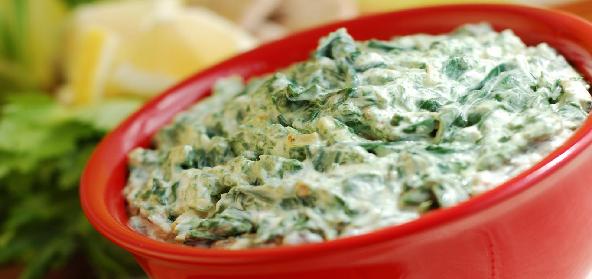
Ayurvedic Spinach raita prepared using this nutritious vegetable ensures various benefits.
 Tomato Raita:
Tomato Raita: Tomato raita helps in digestion and also adds taste to the food. It helps in eliminating toxins and keeps the stomach cool during summer.
To know in detail visit here : Ayurvedic Raitas

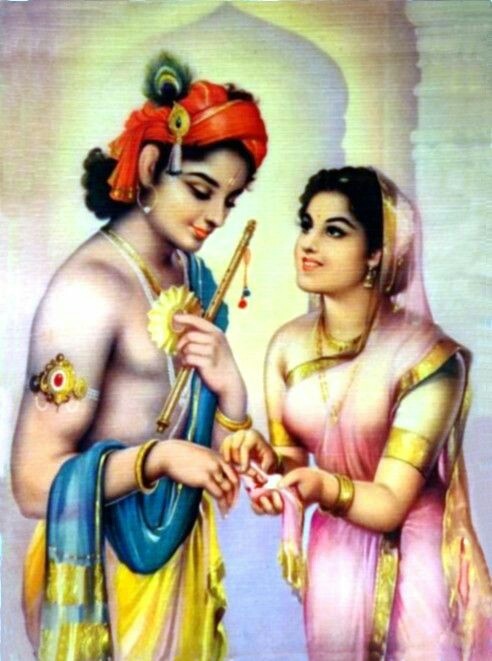



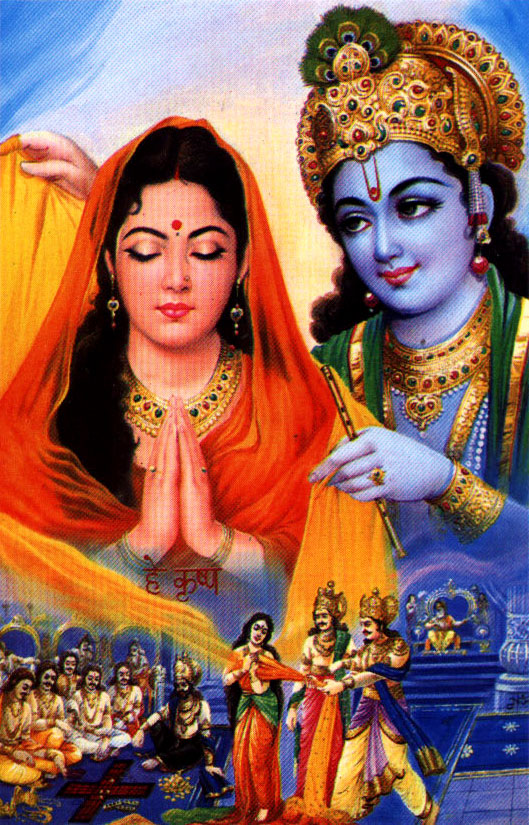
 Traditional Indian Jewellery is the long drawn saga of Indian Tradition that is so exquisitely brought out by the maintenance of the on going traditional strain.
Traditional Indian Jewellery is the long drawn saga of Indian Tradition that is so exquisitely brought out by the maintenance of the on going traditional strain.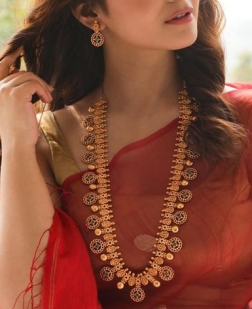


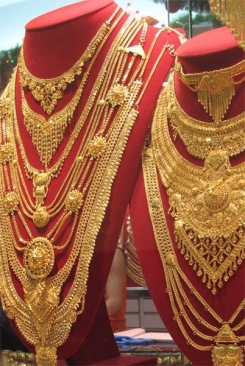

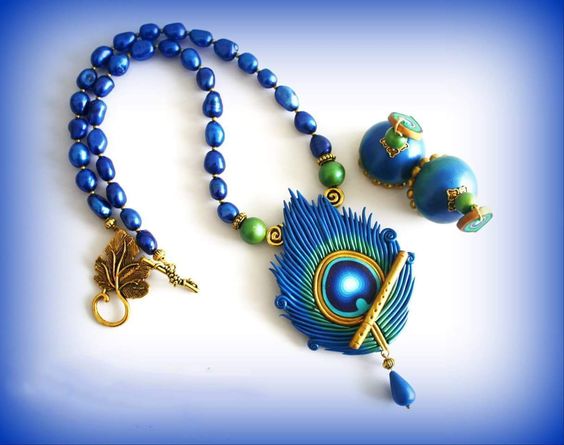
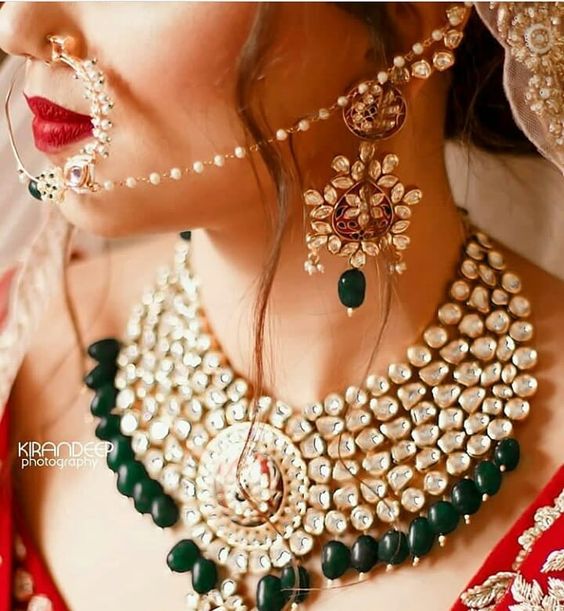



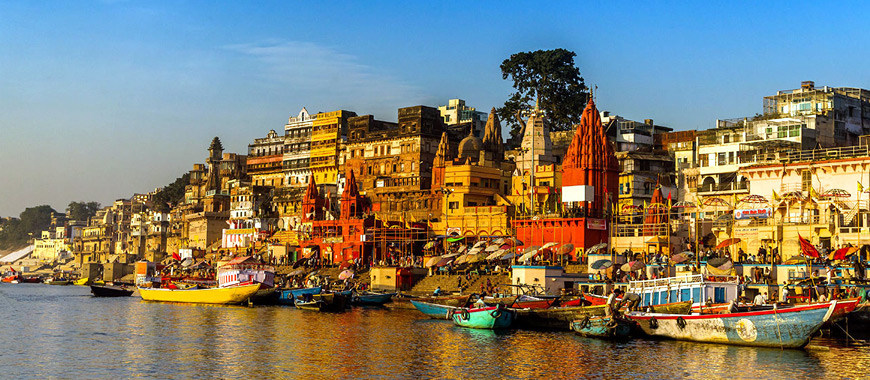



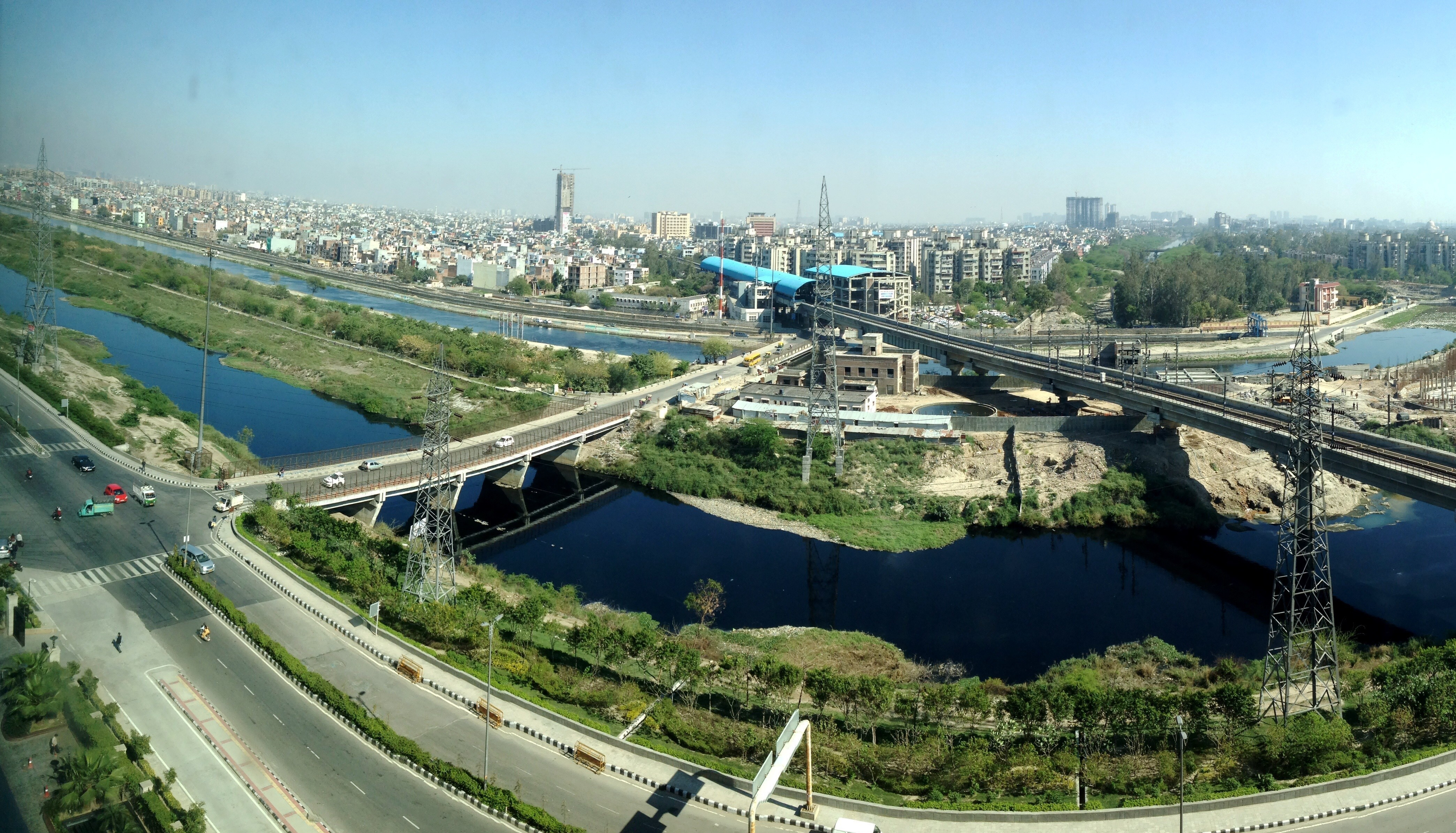

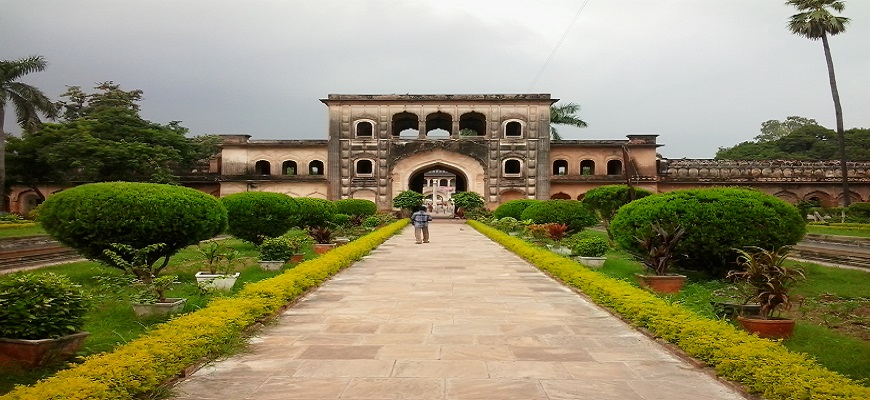

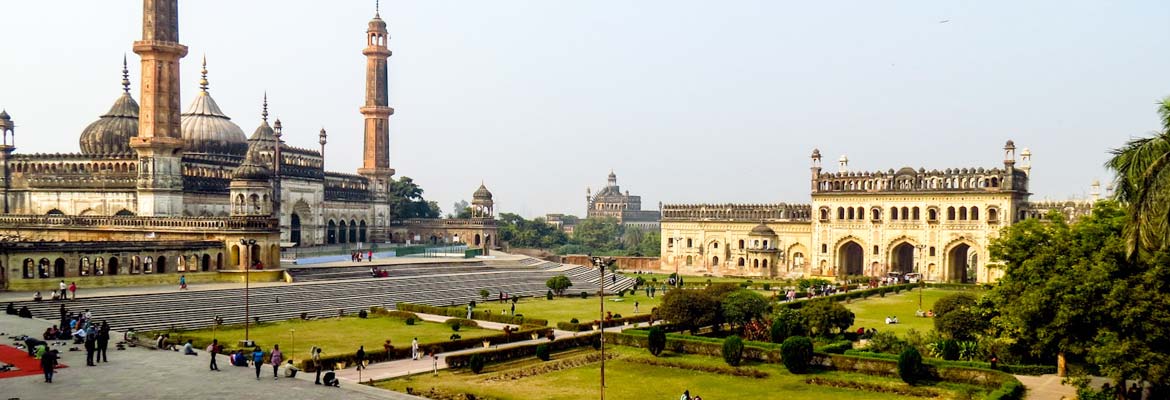


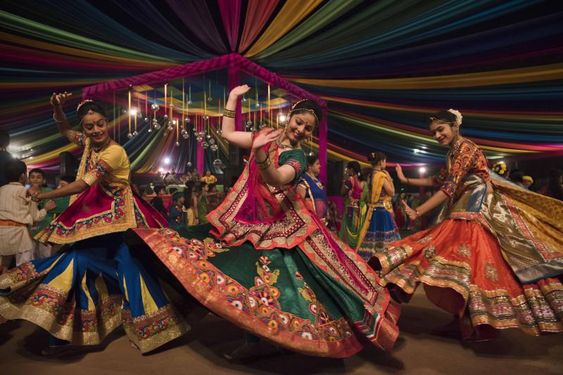

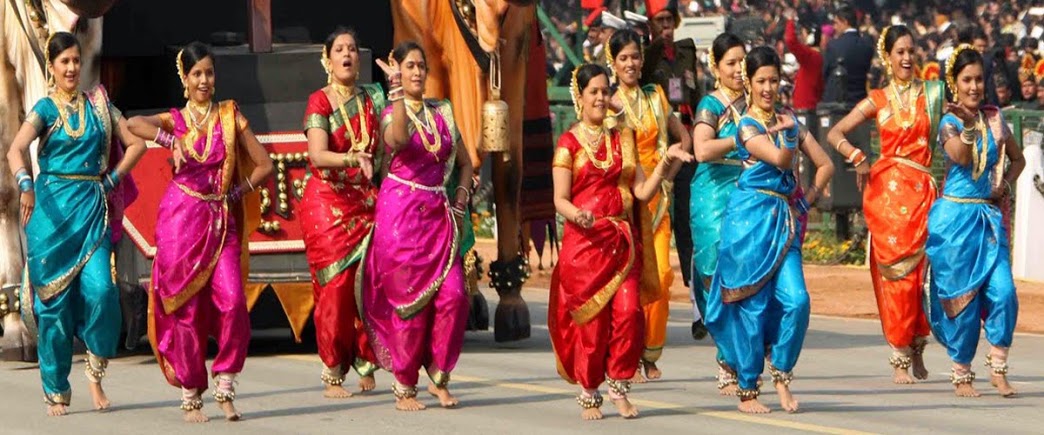 Lavani
Lavani